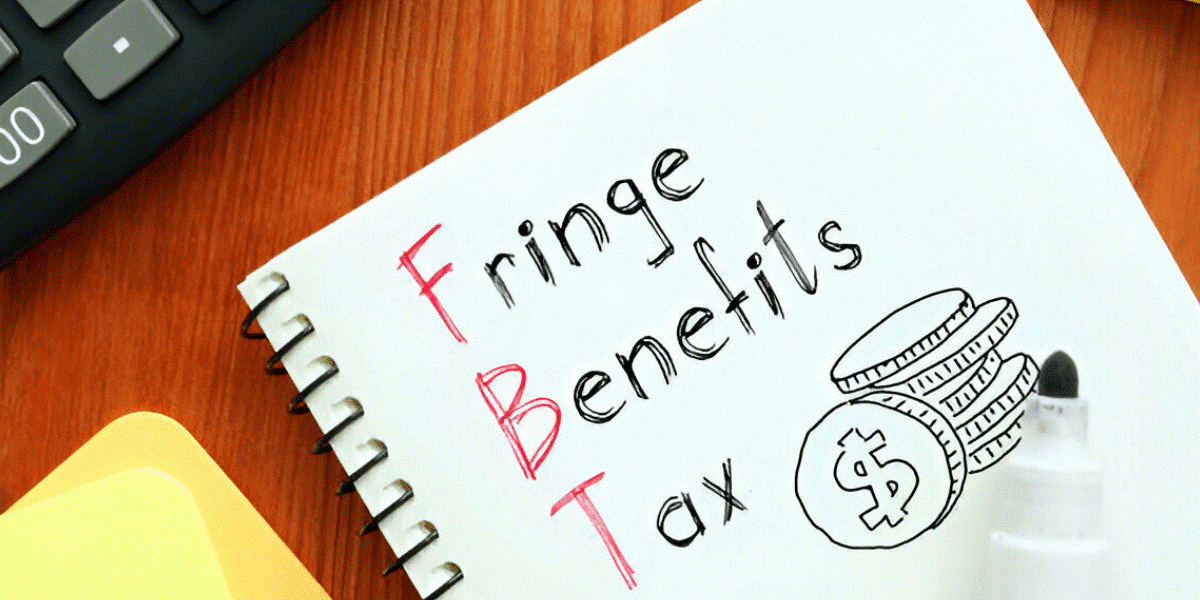Claiming Home Office Expenses in 2024
In 2024, the area of work has continued to evolve, with more professionals than ever opting for the flexibility of working from home. This shift not only impacts how we balance work-life dynamics but also introduces new considerations for managing our finances, particularly in terms of home office expenses. For those navigating the complexities of remote work, understanding how to effectively claim home office expenses has become essential.
This blog aims to elaborate on the process, offering clarity on eligibility, the types of expenses you can claim, calculation methods, and best practices for record-keeping. Whether you're a seasoned telecommuter or new to the home office setup, this guide will help you maximise your deductions and ensure your 2024 tax return is as beneficial as possible.

Eligibility Criteria for Claiming Home Office Expenses
Determining eligibility is the first step in claiming home office expenses. Essentially, if you're working from home to fulfill your employment duties and incurring additional expenses as a result, you're likely eligible. It's crucial to distinguish between occasional and regular home office use.
Occasional activities, like checking emails or taking calls, don't qualify you for deductions. However, if your home is your principal place of business or if you're working from home regularly and incurring additional costs, you can claim. This distinction ensures that only those genuinely affected by remote work expenses receive the appropriate deductions. Understanding this criterion ensures that you're on solid ground before diving into the specifics of what and how to claim.
Types of Claimable Home Office Expenses
When working from home, various expenses can contribute to your comfort and productivity, some of which the tax office recognises for deductions. These include running expenses like electricity for lighting and heating, the cost of heating and cooling your home office, and phone and internet expenses. Additionally, smaller costs such as stationery and printer ink are also deductible. For those who've invested in office furniture or technology to create a conducive work environment, the decline in value of these depreciating assets can be claimed over time.
However, not all expenses are claimable. Items like coffee, tea, and other general household goods, which an employer might provide in a traditional office setting, are excluded. Similarly, costs related to children’s education or items your employer reimburses you for cannot be deducted. This distinction ensures that only expenses directly related to your employment and the operation of your home office are considered for deductions.
Methods for Calculating Home Office Expenses
To calculate your home office expenses, the tax office offers two primary methods: the fixed-rate method and the actual cost method.
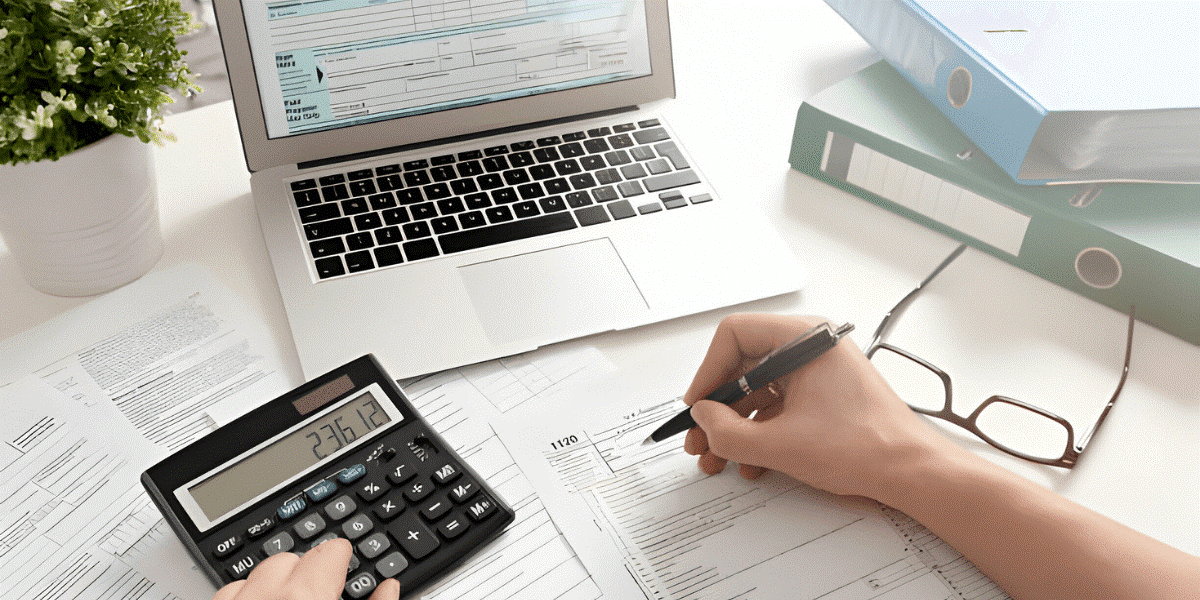
● Fixed Rate Method: This straightforward approach allows you to claim a standard rate of 67 cents for each hour you work from home, covering electricity, heating, cooling, and the depreciation of office furniture. It simplifies the process but requires you to keep a detailed log of the hours spent working from your home office.
● Actual Cost Method: More detailed, this method requires you to calculate the actual expenses incurred while working from home. It can lead to a larger deduction if significant costs are involved but demands meticulous record-keeping, including receipts and bills to justify the expenses claimed.
Choosing between these methods depends on your specific situation. The fixed rate method offers simplicity and ease, while the actual cost method can maximise your deduction if you're prepared to keep comprehensive records.
Record-Keeping for Home Office Expense Claims
Accurate record-keeping is crucial for successfully claiming home office expenses. You'll need to maintain a log of hours worked at home for the fixed rate method or detailed records of actual expenses for the actual cost method. This includes receipts, bills, and a diary of home office use. Keeping these records organised and accessible simplifies the claim process and ensures you're prepared for any enquiries from the tax office. Tax App Australia has been developed by accountants and provides brilliant tools for accurate and hassle free record keeping.
Tips for Maximising Your Home Office Expense Claim
To make the most of your home office expense claim, consider these tips:
● Track Everything: Keep diligent records of all expenses, no matter how small. This can add up to significant deductions.
● Use Technology: Apps like Tax App Australia can simplify tracking and calculating expenses.
● Understand Depreciation: For expensive items, understand how to claim their decline in value over time.
● Consult a Professional: Tax laws can be complex. A tax accountant in Australia can help you navigate the specifics of your situation and ensure you claim correctly.
Avoiding common mistakes, such as claiming non-deductible expenses or failing to keep adequate records, can also protect you from potential issues with the tax office.
End Note
Claiming home office expenses in 2024 can significantly reduce your tax liability, provided you understand the rules and keep thorough records. By familiarising yourself with the eligibility criteria, the types of expenses you can claim, and the methods for calculating these expenses, you can maximise your deductions. Remember, every situation is unique, so consider consulting with a tax professional to tailor your approach. With the right preparation, claiming your home office expenses can be a straightforward and rewarding part of managing your finances in the remote work era.
Disclaimer:
The content of these blog posts is intended to be of a general nature and should not be construed as tax or any other form of advice. We do not guarantee the accuracy or completeness of the information provided in these blog posts. It is imperative that you consult with a qualified professional, such as a certified accountant at Tax App, before taking any action based on the advice or information contained herein. Your specific financial and tax situation may require personalised guidance, and a professional consultation is recommended to ensure compliance with applicable laws and regulations.
Get Started with Us
Connect with Australia’s most innovative accountants today. Fill out our contact form, and let’s discuss how we can help you achieve your financial goals. Together, we’ll create a tailored action plan that maximises your tax savings.
Awards!
⭐⭐⭐⭐⭐
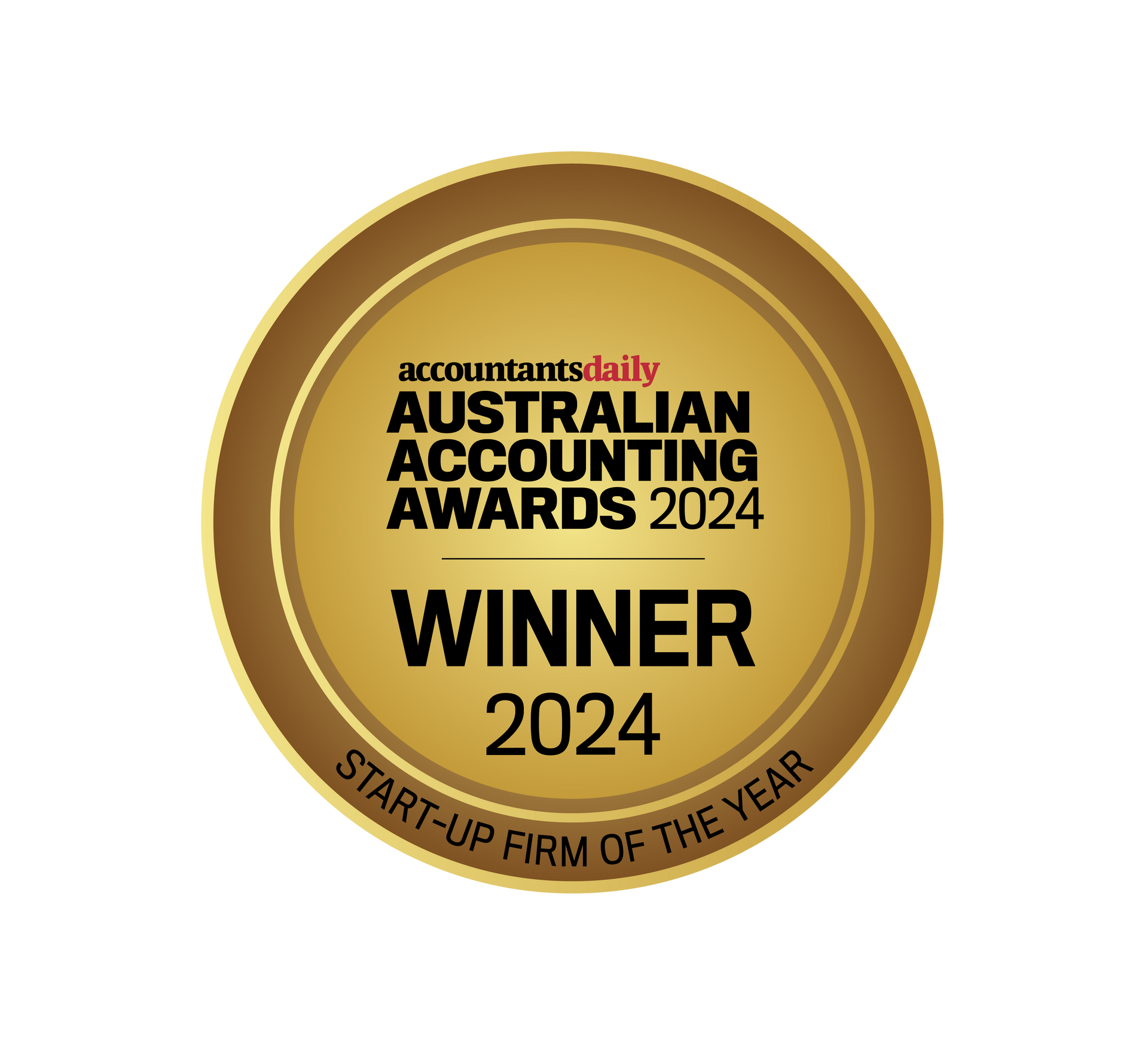


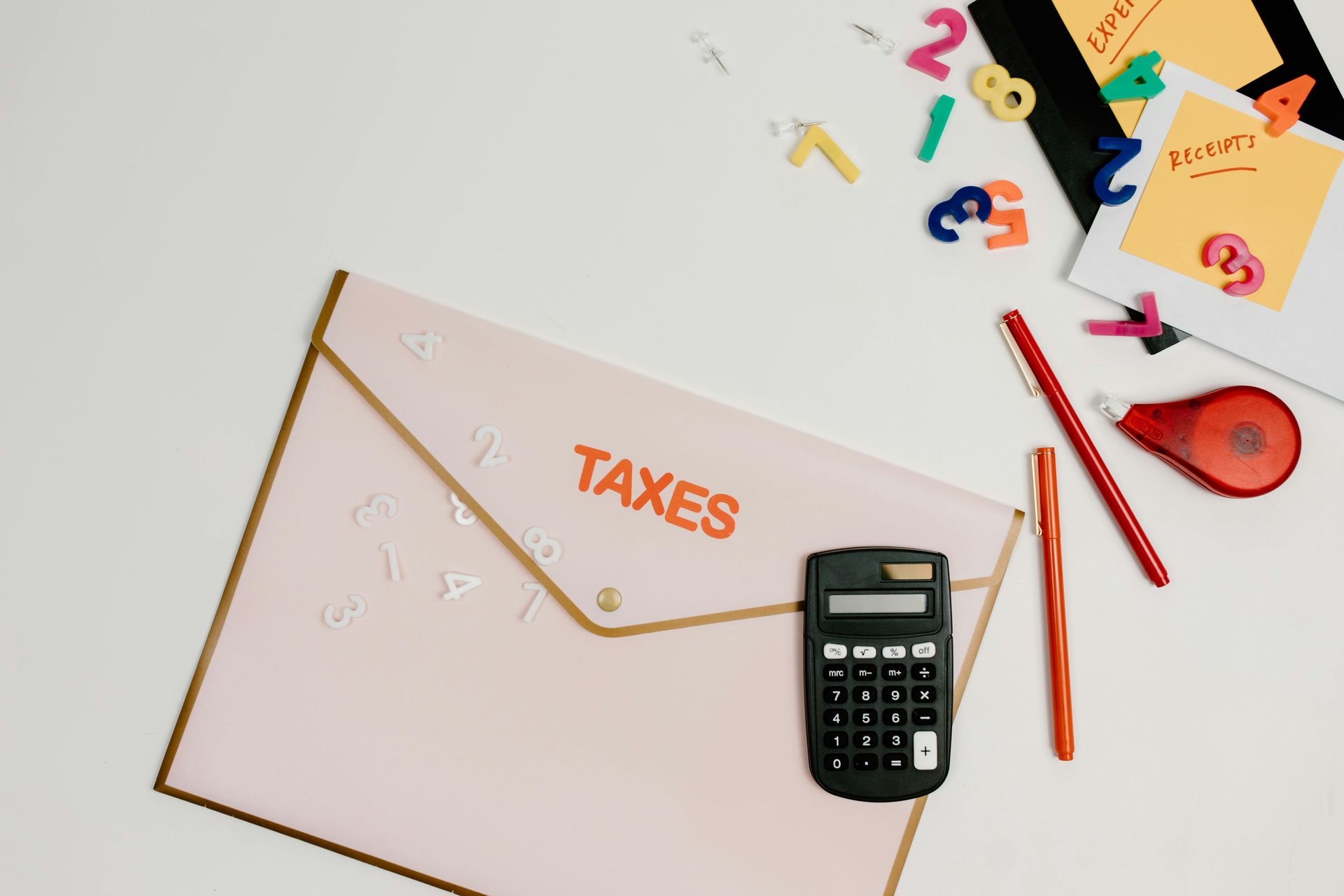
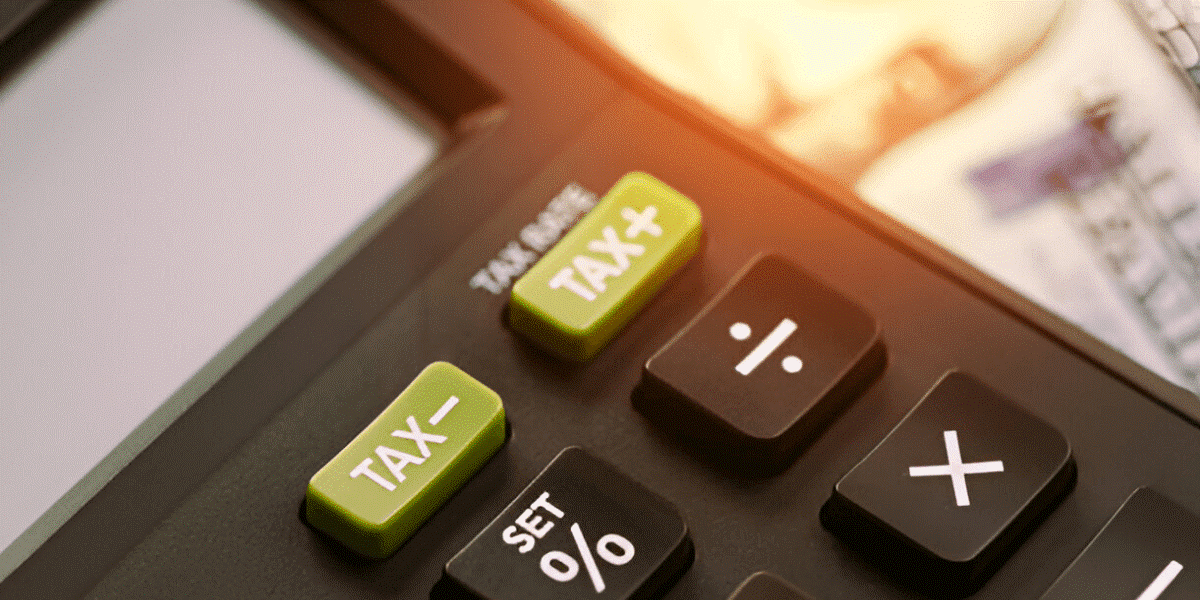
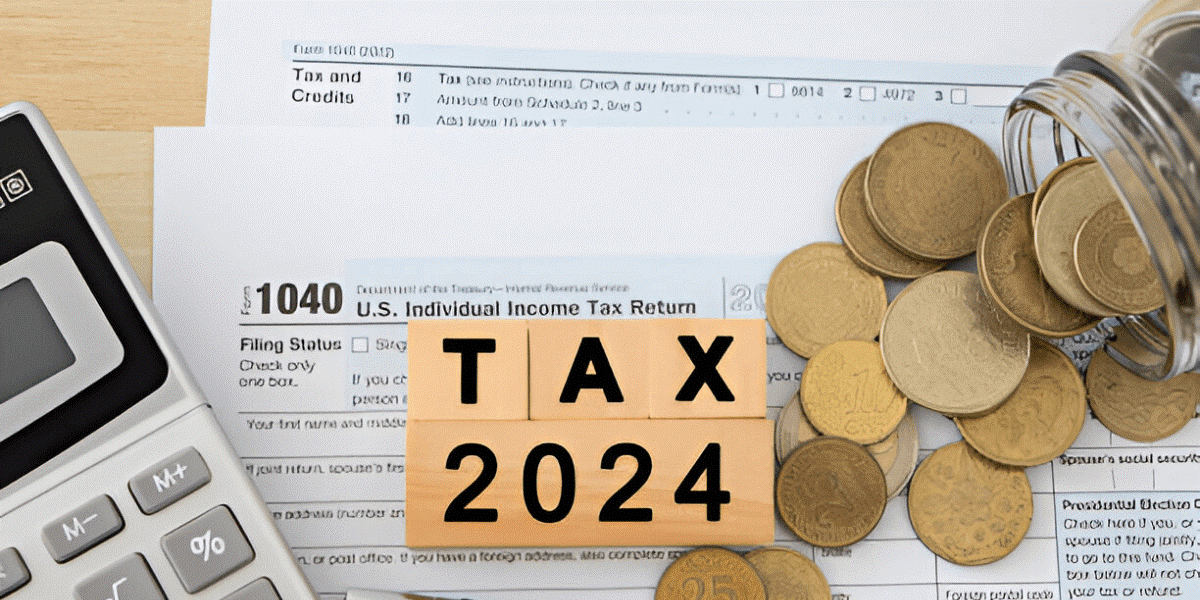
At Tax App, we offer Sydney Local, Online Accounting and Tax Services for individuals and small businesses in our community. Our technology and experienced team provide efficient and personalised solutions to streamline financial management. Trust us to be your partner in success.
Chartered Accountants
Liability limited by a scheme approved under Professional Standards Legislation
All Rights Reserved | Tax App Pty Ltd
Useful Links
Contact Us
Disclaimer: The content of this website is intended to be of a general nature and should not be construed as tax or any other form of advice. We do not guarantee the accuracy or completeness of the information provided in this website. It is imperative that you consult with a qualified professional, such as a certified accountant at Tax App, before taking any action based on the advice or information contained herein. Your specific financial and tax situation may require personalised guidance, and a professional consultation is recommended to ensure compliance with applicable laws and regulations.








